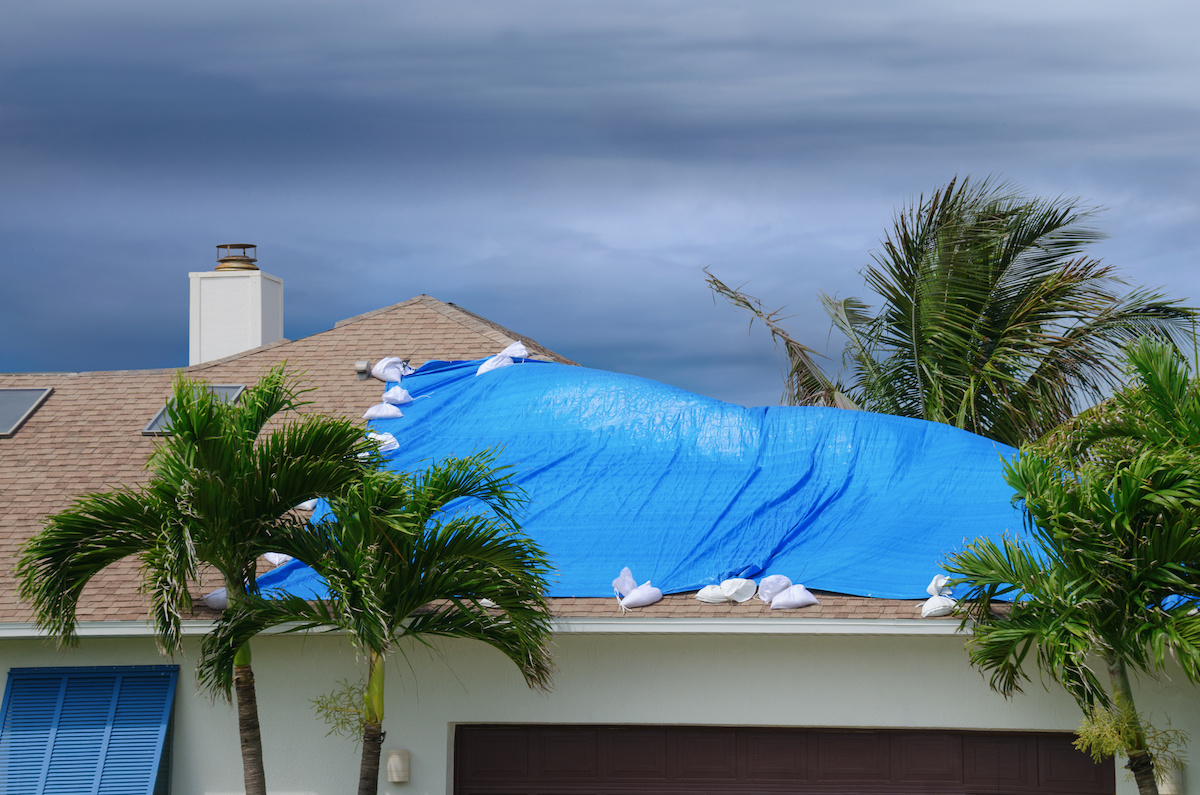Hurricane Beryl’s Impact on Jamaica

Jamaica beryl hurricane – Hurricane Beryl, a Category 1 hurricane, made landfall in Jamaica on July 5, 2023, bringing heavy rainfall, strong winds, and flooding to the island. The hurricane caused widespread damage to infrastructure, property, and agriculture, and displaced thousands of people.
Path and Intensity
Hurricane Beryl formed on July 2, 2023, in the southwestern Caribbean Sea. The storm quickly strengthened into a Category 1 hurricane and made landfall in Jamaica on July 5, with maximum sustained winds of 85 mph. The hurricane crossed the island from south to north, weakening to a tropical storm before exiting into the Atlantic Ocean.
Amidst the fury of Hurricane Beryl that lashed Jamaica, there emerged a beacon of hope in the form of Jamaal Bowman , a congressman known for his unwavering commitment to his community. As the storm raged, Bowman stood alongside the affected, offering support and ensuring their needs were met.
In the face of adversity, the resilience of both Jamaica and its people shone through, proving that even in the midst of devastation, hope and unity can prevail.
Damage and Impacts
Hurricane Beryl caused significant damage to Jamaica. The storm’s strong winds downed trees and power lines, leaving thousands of people without electricity. Flooding from heavy rainfall damaged roads, bridges, and buildings. The hurricane also caused widespread damage to agriculture, with crops and livestock being destroyed.
The Jamaica Beryl hurricane wreaked havoc upon the island, leaving behind a trail of destruction. As the storm raged, thoughts turned to the peculiar spectacle of the world ugliest dog contest , where canines of dubious beauty compete for a dubious honor.
Like the hurricane’s fury, the contest celebrated the unexpected and the unconventional, reminding us that even in the face of adversity, there is always a glimmer of the absurd.
People Affected, Jamaica beryl hurricane
Hurricane Beryl affected over 1 million people in Jamaica. The storm displaced over 100,000 people, many of whom are still living in temporary shelters. The hurricane also caused several deaths and injuries.
Government and Relief Efforts in Jamaica

The Jamaican government responded swiftly to Hurricane Beryl’s impact, prioritizing the safety and well-being of its citizens. Emergency response teams were deployed to affected areas to conduct search and rescue operations, provide medical assistance, and distribute essential supplies.
Emergency Aid and Shelter
The government established emergency shelters in schools and community centers, providing refuge to thousands of displaced residents. These shelters were equipped with basic necessities such as food, water, bedding, and medical supplies. Additionally, the government partnered with local and international organizations to provide financial assistance, food rations, and hygiene kits to affected families.
International Involvement
The international community played a significant role in Jamaica’s relief efforts. The United Nations, the United States Agency for International Development (USAID), and the Caribbean Disaster Emergency Management Agency (CDEMA) provided financial and logistical support, including the deployment of personnel and equipment. These organizations coordinated with the Jamaican government to ensure a comprehensive and efficient response to the hurricane’s impact.
Lessons Learned and Future Preparedness: Jamaica Beryl Hurricane

The impact of Hurricane Beryl on Jamaica highlighted the need for improved disaster preparedness and response measures. The lessons learned from this event can inform future strategies for enhancing community resilience to hurricanes.
One key lesson is the importance of early warning systems. Timely and accurate warnings can give people ample time to evacuate or take other protective measures. Jamaica has since invested in upgrading its early warning systems, including the installation of new weather stations and the development of a national disaster warning system.
Improvements in Disaster Preparedness and Response Measures
In addition to early warning systems, Jamaica has made other improvements in its disaster preparedness and response measures. These include:
- Establishing a national disaster management agency to coordinate disaster response efforts.
- Developing a national disaster plan that Artikels the roles and responsibilities of different agencies and organizations.
- Training emergency responders and volunteers in disaster response techniques.
- Stockpiling emergency supplies, such as food, water, and medical supplies.
Strategies for Enhancing Community Resilience
Beyond government initiatives, there are also strategies that communities can adopt to enhance their resilience to hurricanes. These include:
- Developing community disaster plans that identify evacuation routes, shelters, and other resources.
- Educating residents about hurricane hazards and preparedness measures.
- Organizing community clean-up and debris removal efforts after a hurricane.
- Encouraging residents to purchase hurricane insurance.